The table is set with simple fare: a loaf of bread, a green glass flagon of red wine, and a portion of pie ready to be served up onto a peuter plate. Hands crossed upon each other, the puritan is poised to say grace so that his meal can commence (below). If only it were that straightforward. Uneasily he glances around at one of the two distracting serving maids who are the 'fires' of the painting's title, as the other leans confrontingly towards him from the opposite side of the oaken table. Whichever way he turns, he must meet the coquettish gaze of one or other of them. Clearly they mean no real ill, but the puritan's starched dignity presents too soft a target to resist for a little harmless teasing, and the sprig of seasonal *mistletoe decorating the chandelier provides the excuse for their taunts.



En route to the United States in 1912, Frank Millet took a first-class passage on the maiden voyage of the White Star Line's R.M.S. Titanic. He was last seen alive helping women and children into the lifeboats as the striken vessel settled lower into the water. His body was recovered from the North Atlantic waters, and taken for burial to East Bridgewater Cemetery, Plymouth County, in his native Massachusetts, where it now rests.

Artist: Francis Davis Millet
Work: Between Two Fires, c.1892
Medium: Oils
Location: The Tate Gallery, London
Sources:
'Catalogue of the Tate Gallery's Collection of Modern Art other than Works by British Artists', by Ronald Alley. Tate Gallery and Sotheby Parke-Bernet, London 1981.
'The World's Greatest Paintings, *Vol. II', edited by T. Leman Hare. Odhams Press, Ltd., 1934.
*My image for this post has been scanned from the above volume. Luxurious for their time, the color plate reproductions of this three-volume publication are nevertheless inevitably coarse by today's standards. For this reason I have not been entirely successful in eliminating the dot-screen with anti-aliasing, but as far as I have been able to trace things, this still represents the best image of this painting currently available on the Web, and I hope that other readers will enjoy seeing its details - just click on the first image here.
*For anyone reading this who is unfamiliar with European Christmas traditions (several of which, such as the mistletoe and the traditional tree, have been borrowed from earlier pagan customs): a sprig of mistletoe is hung inside. Anyone who happens to find themselves beneath the mistletoe is tradition-bound to grant a kiss to the person who asks them.



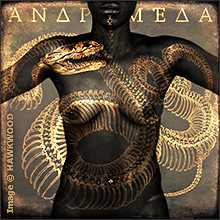
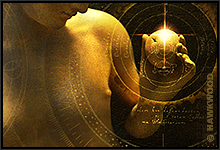




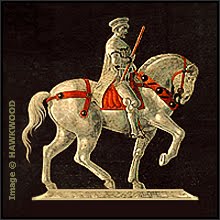
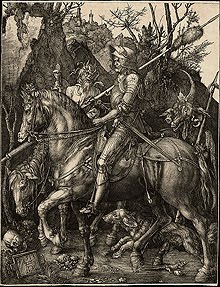
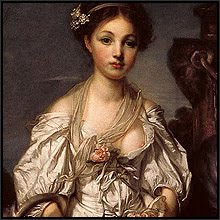










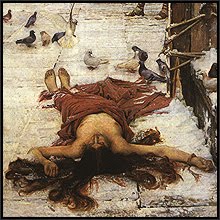

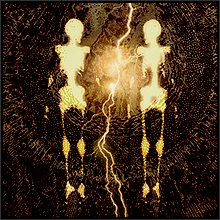
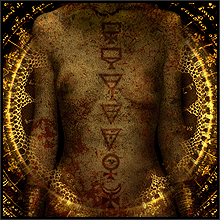
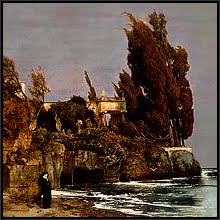
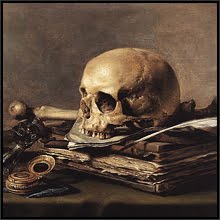
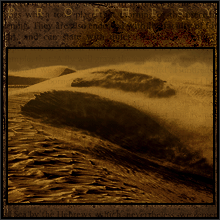

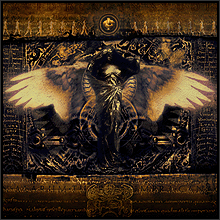

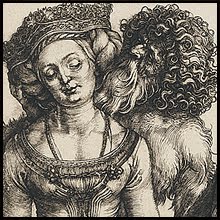
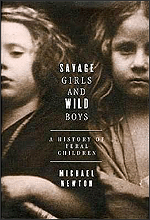

I just love this picture. I have a print in my dining room, the story is always a source of amusement. Thank you for posting it here Hawkwood.
ReplyDeleteYou're welcome, Cynthia. It is a picture (as a reproduction in a book) familiar to me from my childhood, and long one of my own favourites. How charmingly appropriate that you have the print in your dining room!
DeleteBeautiful, heartfelt explanation. Thanks.
ReplyDeleteThe reason for the girls' taunts is surely the Puritans refusal to celebrate Christmas - under the Commonwealth it was illegal to do so. The holly shows that it is Christmas and the girls have put a large loaf and a big flask of (forbidden) wine in front of our Puritan. 'Come on, get tucked in' they're saying.
ReplyDeleteHello.
ReplyDeleteThank you very much for the information it is very informative and interinsting for me. I have two old graphic works of Francis Davis Millet, if you interesting, you can look on my web page:
https://privateartcollection.blogspot.com/ N 802 N 803
Sicerelly Vitaly.